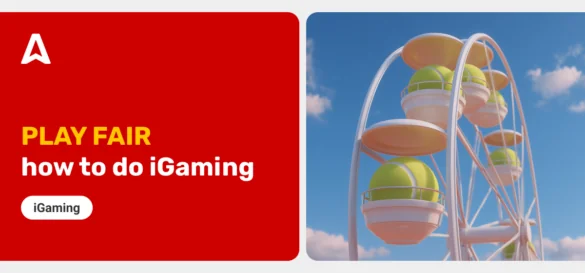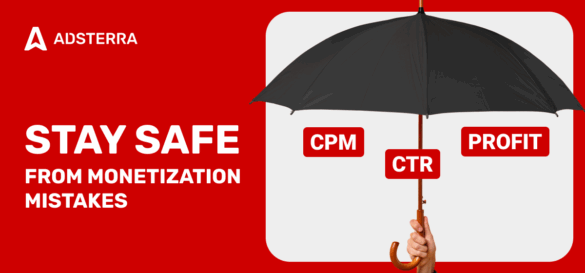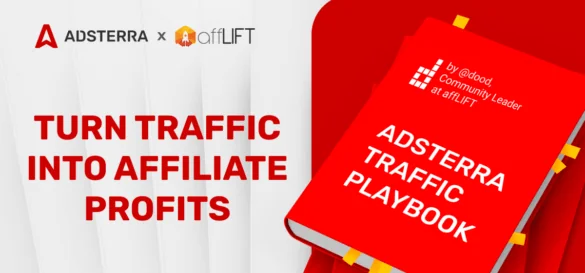iGaming content marketing has transformed the way sports fans engage with global athletic events. In 2025, with the digital ecosystem growing more…
latest posts
While the efforts of some publishers pay off, the revenues of others don’t seem to rock, making them ask “why is my…
Monetize Social Media
Understanding Facebook Jail. How to Avoid Bans and Keep Making Money
by Olly V
by Olly V
You’ve likely landed in Facebook Jail if you’ve had your Facebook account restricted or marketing campaigns stopped. With more automation and AI…
Affiliate Crash Course Affiliate Marketing & Media Buying
Adsterra Traffic Playbook: How to Run Paid Traffic for Better Results
by Olly V
by Olly V
Are you struggling to digest ad networks’ complex settings and need a faster way to make profits? Adsterra & Afflift are here…



